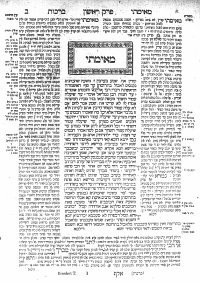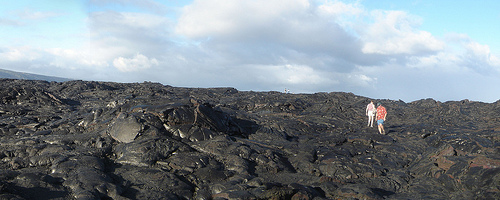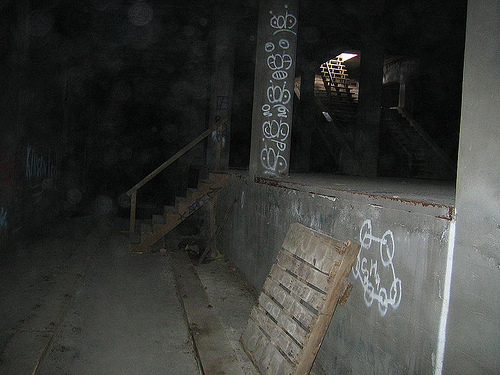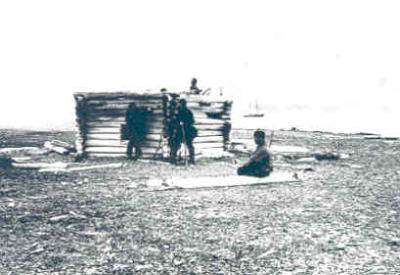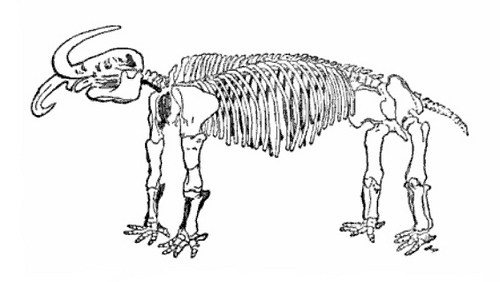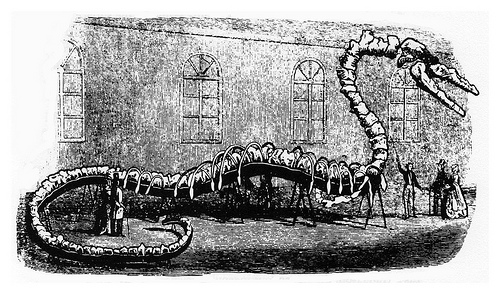More notable errors in the New York Times:
- “A report misidentified the document on which John Hancock put his famous prominent signature. It was the Declaration of Independence, not the Constitution.” (July 14, 1985)
- “An article about Ivana Trump and her spending habits misstated the number of bras she buys. It is two dozen black, two dozen beige and two dozen white, not two thousand of each.” (Oct. 22, 2000)
- “A recipe for juniper-flavored gravlax misstated the amount of kosher salt. It is one-half cup, not four cups.” (Nov. 26, 2000)
- “A report in the ‘Sunday’ pages included erroneous data from the Farmer’s Almanac about occurrences of full moons. The last month with no full moon was February 1980, not February 1866. The next month without a full moon will be February 1999, not some month 2.5 million years from now.” (Feb. 25, 1996)
- “An article misstated the title of the 1955 film that made James Dean a star. It is ‘Rebel Without a Cause,’ not ‘Rebel With a Cause.'” (May 8, 2000)
See also Erratum.

